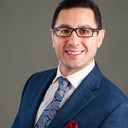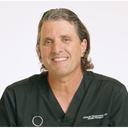Hi, I have performed many facelifts for over 30 years and have performed many minimally, invasive SMAS facelifts. No, an incision in the temples alone would not allow proper dissection, elevation, trim and re-approximation of the SMAS layer in the lower face nor would it allow removal of excess skin of the lower face (this requires some typeof incision around the front of the ears).



